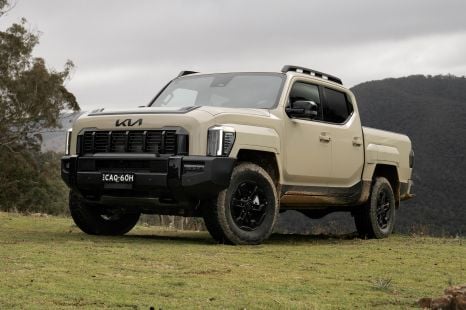

Josh Nevett
3 Days Ago
The iconic Range Rover is finally going electric, but its maker is treating it just like any other powertrain rather than an all-new car.

Publisher
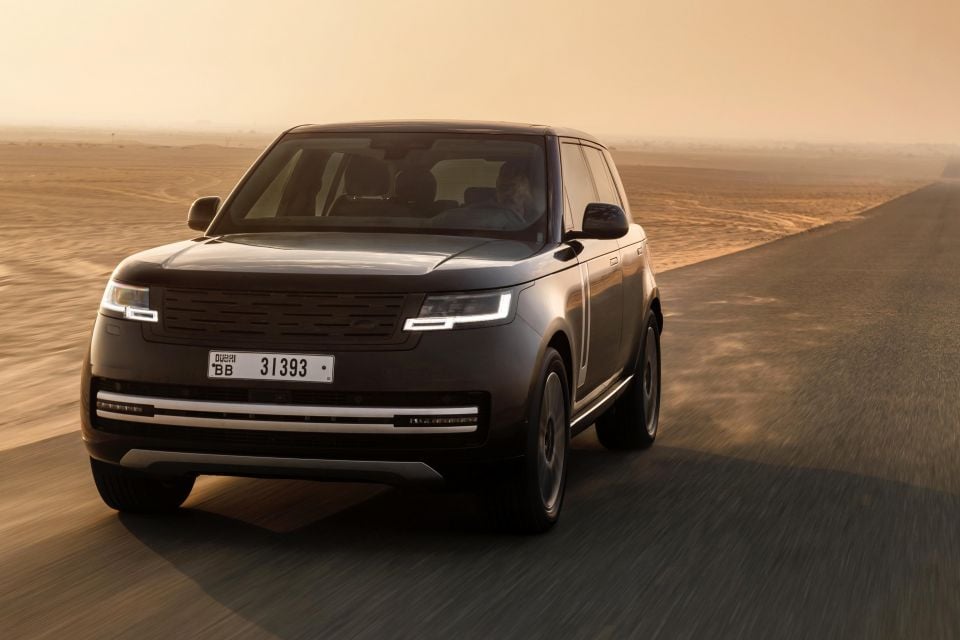

Publisher
The Range Rover Electric marks a turning point for Land Rover’s flagship model: its first foray into fully electric propulsion.
While it retains the traditional Range Rover silhouette and off-road DNA, this new model integrates electric vehicle (EV) hardware developed in-house, dual electric motors, and an 118kWh battery pack.
At the centre of this transformation is Lynfel Owen, the chief engineer of vehicle engineering for the Range Rover, Range Rover Sport and Defender model lines.
With more than 25 years in the automotive industry – including senior roles in Ford and now JLR – Mr Owen is responsible for engineering sign-off and attribute delivery across all three nameplates.
A Nottingham University MEng graduate, Mr Owen has spent the last decade overseeing the transition to EV propulsion within JLR’s most iconic products.
Hundreds of new car deals are available through CarExpert right now. Get the experts on your side and score a great deal. Browse now.
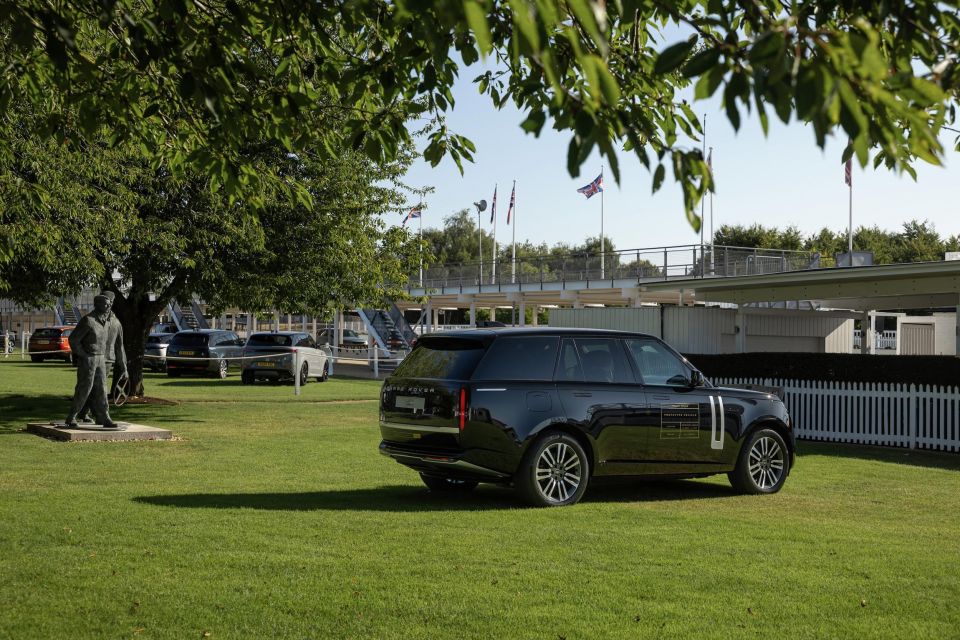
“I pretty much only ever worked on Range Rover,” Mr Owen said. “I’ve done a few other projects. I didn’t work on the [Jaguar] I-Pace. I was working on the previous-generation Range Rover.”
Still, he was direct about the lessons learned from the Jaguar I-Pace, which was plagued with reliability issues for its electric drivetrain and battery pack. “We’ve learned that we can’t do that to our customers, and we’re not going to do that again.”
The battery pack in the Range Rover Electric is made up of NMC (nickel manganese cobalt) chemistry prismatic cells stacked in two layers.
“We’ve got two layers, 172 on each layer (344 in total),” Mr Owen explained. “118 usable kilowatt hours out of this battery.”
The pack is assembled in-house, though the cell supplier remains unnamed: “We’re working with a partner on cells. Not at liberty to tell who they are. Well recognised within the industry.” We very much suspect it’s BYD.
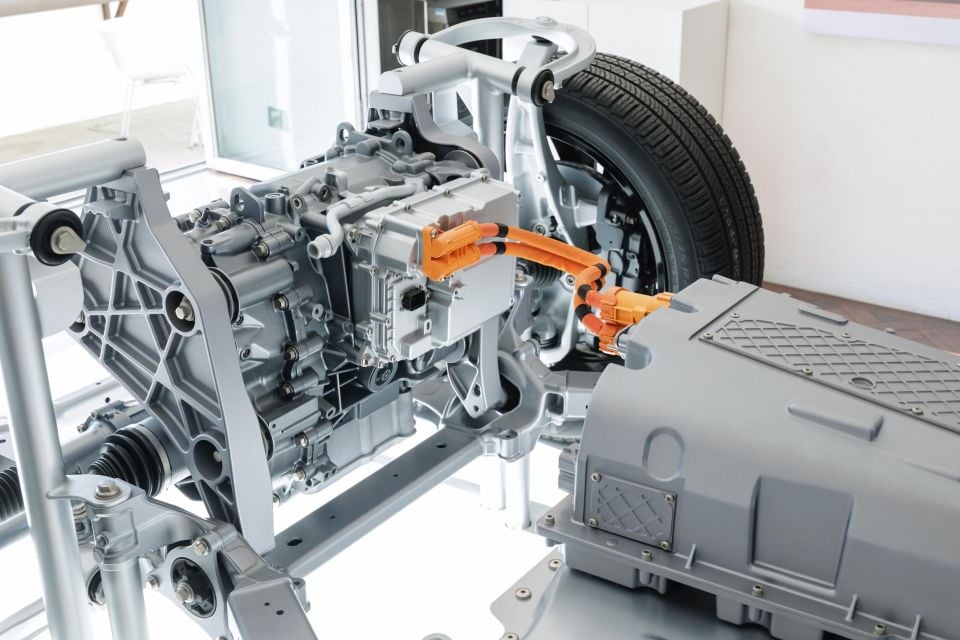
The electric variant sits on the same flexible platform as the petrol, diesel, and plug-in hybrid Range Rovers and comes down the same production line.
The battery pack supplies energy to a twin-motor setup producing 404kW of power and 850Nm of torque.
The pair of permanent magnet drive units, one on each axle, makes use of ultra-thin discs in the rotor assembly, which are precisely machined to less than 0.2mm, allowing more discs per motor and subsequently more torque.
The company claims the enhanced design and silicon carbide semiconductor technology give the Range Rover electric motors 70 per cent more torque and reduced energy-sapping losses by 40 per cent compared to the previous-generation unit found in the Jaguar I-Pace.
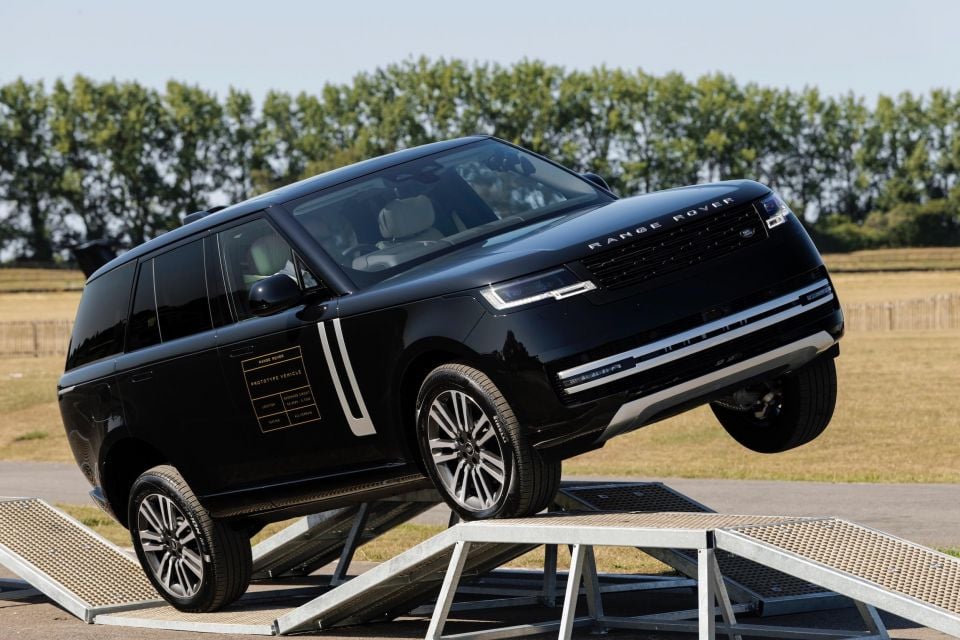
To test all of this, JLR engineers have been the world over.
“We’re making sure we learn from, you know, our mistakes with respect to I-Pace. So we’re testing all aspects of the car… we’ve just had a northern hemisphere winter that we’ve completed, so we’ve been doing our low-mu testing on the frozen lakes,” explained Mr Owen.
Charging specs are modern and flexible. “22 kilowatt,” Mr Owen confirmed for AC charging. “10 to 80 per cent in about 20 minutes” for DC at 350kW. The car can also charge via AC on either side: “We’ve got AC port on both sides. Again, we listen to our customers.”
That practicality carries through the rest of the vehicle. “Some people have got [chargers] bolted on. Their garage might have two or three cars… [so you don’t have to use a] 15 metre cable.”
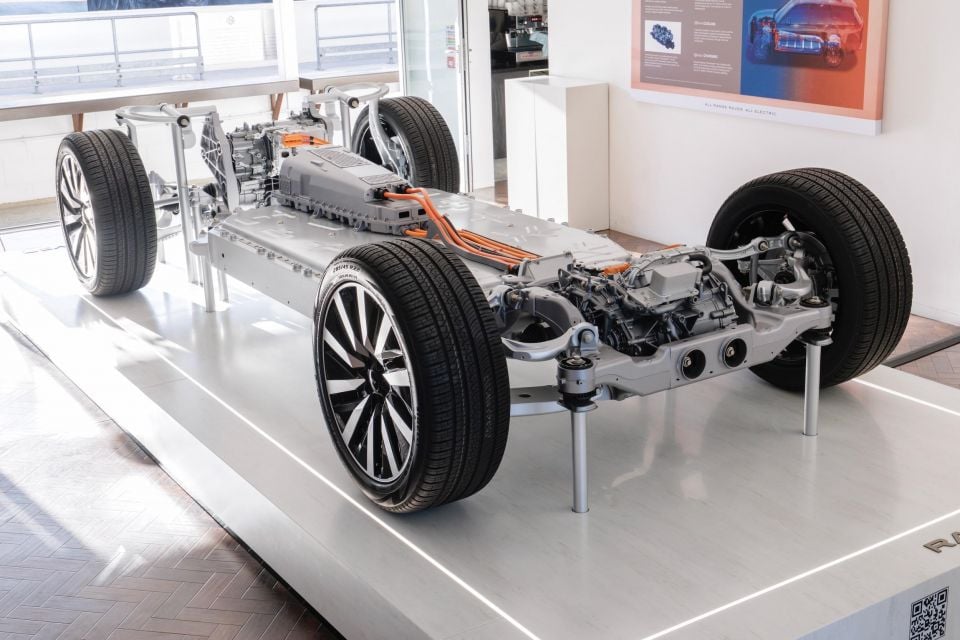
Mr Owen described the thermal management system – ThermAssist – as a briefcase-sized unit sitting above the electric drive unit. “Cabin comfort. Battery temperature. Whether it’s to cool it down, whether it’s to warm it up. Recovering heat from the air at minus 15… It also reduces the heating energy consumption by over 40 per cent [compared to I-Pace].”
On why the Range Rover Electric doesn’t have a front trunk: “We spoke to our customers… none of them have an issue [with] lack of storage space… The rear cargo space is exactly the same. We haven’t had to raise the floor. The only compromise we have to make is we’re not able to offer a seven-seat derivative.”
He added bluntly: “Why would I want to lean against the dirtiest part of the car to put stuff?”
From a suspension perspective, a switchable twin-chamber air suspension is utilised while regenerative braking delivers one-pedal driving.
Despite its large battery, weight has been closely managed. “Weight is the biggest enemy to any EV, because you’ve got to cart it around. And when it’s empty, it’s dead weight.”

Official range figures are still being finalised, and Mr Owen wouldn’t be drawn into the Range Rover electric’s weight, but we suspect it will be around 2500kg kerb. As for the driving range: “It’s going to be… It’s in excess of 300 miles (480km). We use EPA, because we find EPA is pretty much spot on.”
Brands like Ferrari and Rolls-Royce have committed to providing battery repair and updates to their electrified vehicles indefinitely, given the price point and customer base of their cars. JLR is in a similar spot whereby the cars are not disposed of like cheaper EVs might be.
Questioned on how the company plans to keep its EVs driving on the road in the decades to come, Mr Owen said battery longevity and servicing are also under review. “Reworking cells, individual cells, sounds great. But the amount of time and effort and safety protocols that go into that – we don’t want to take a customer out of their car over and over again.”
Still, Mr Owen confirmed long-term support is legislated: “There’s actually legislation (in the works) that dictates how long you’ve got to do it. And it’s a really long time in the UK… and it’s coming in around the world.”
Ultimately, though, the Range Rover Electric is a Range Rover first and electric second.
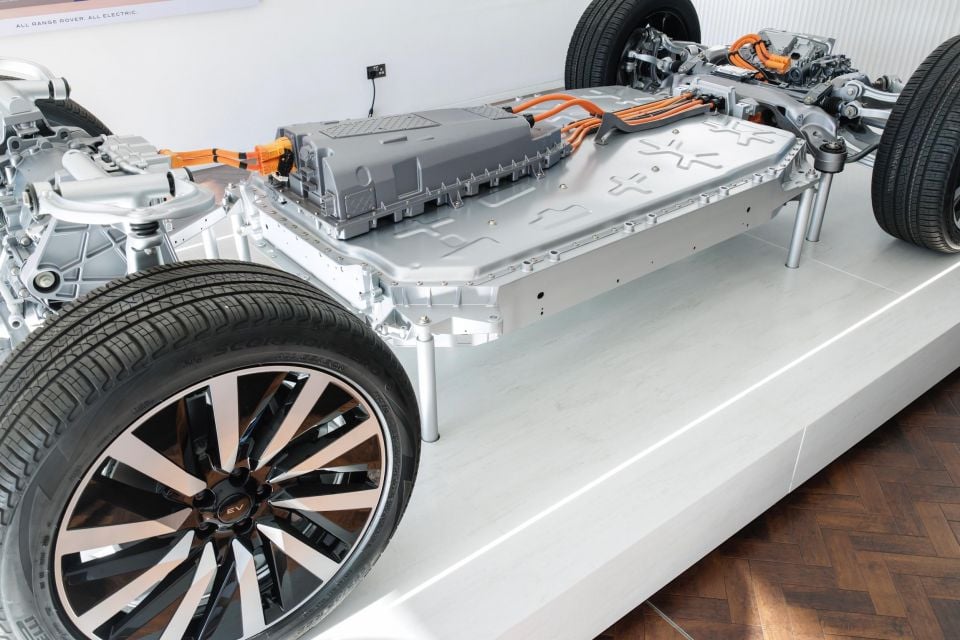
“This is still a Range Rover. It is not an EV,” Mr Owen said. “Our customers buy a Range Rover. Then they decide which propulsion system they want.”
That applies to future performance versions as well. “As part of the Reimagine strategy, we’ve committed to electrifying all the vehicles in our range by 2030.” This might mean that at some point in the not-so-distant future, even the Range Rover Sport SV might go electric, but that remains to be seen.
The brand makes use of a five-channel active road noise cancellation system specifically for the electric Range Rover, which is now the quietest Range Rover ever.
It uses four accelerometers outside the vehicle to detect noise, which the system then automatically cancels using sound frequencies delivered through the audio system. The cabin is now so quiet that Range Rover has also created a unique sound for its electric mode, which responds to driver inputs.
While it would be difficult to tell the electric Range Rover apart from a fuel-guzzler from the outside, little details like the wheels, which are aerodynamically optimised, are evident. Even the front grille has been reduced in weight.
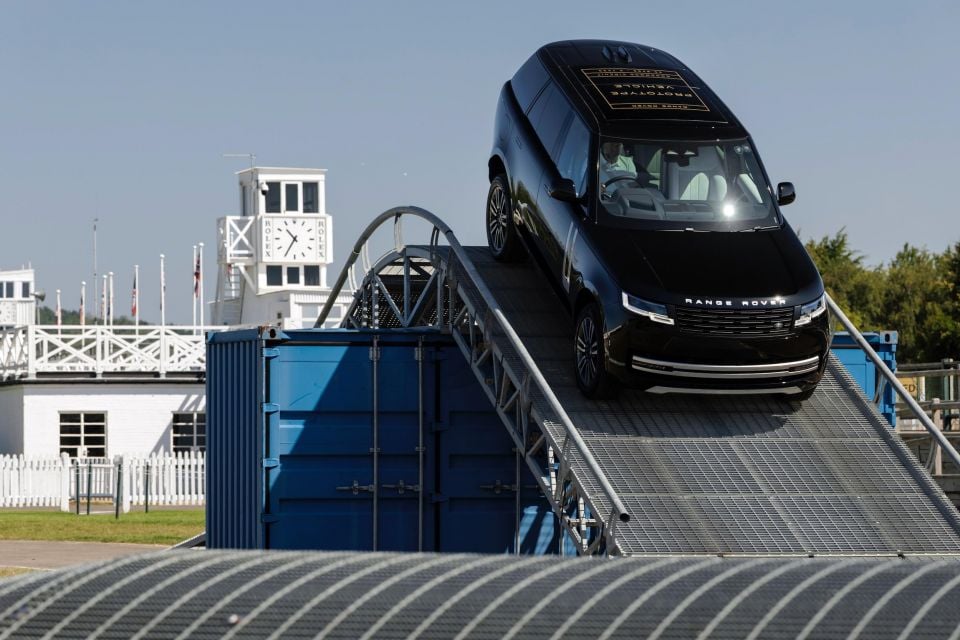
The motors are also a JLR development. “The actual motors, the electric motors inside, and the inverters are common front to rear… obviously, the packaging differs… completely different castings, but the same power.”
Asked whether they benchmark other EVs, Mr Owen said: “We benchmark all the time – not just for electric Range Rover, but for everything.”
But he doesn’t see a direct rival: “There really isn’t another EV out there doing what this car does. Not at this level of off-road ability with this type of luxury.”
As for when customers can expect to take delivery? “We’ll launch it when we’re ready, and it’s good.” That should see the Range Rover electric start production some time in 2026.
CarExpert does the hard work to get you the best price. No negotiating, no hidden costs, just expert help and real savings on your next new car.
Alborz is the founder of CarAdvice (sold to Nine and now Drive) and co-founder of CarExpert. He is an honourary adjunct professor & entrepreneur in residence at the University of QLD. He loves naturally-aspirated V8s, V10s and V12s and is in denial about the impending death of the internal combustion engine. The best way to reach him is via Instagram.


Josh Nevett
3 Days Ago
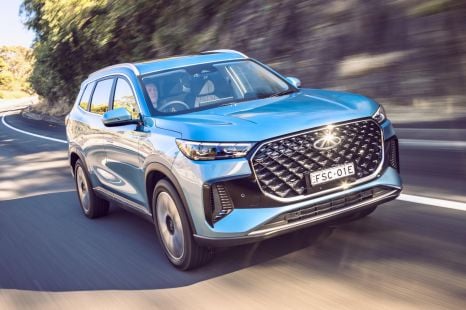

Max Davies
3 Days Ago
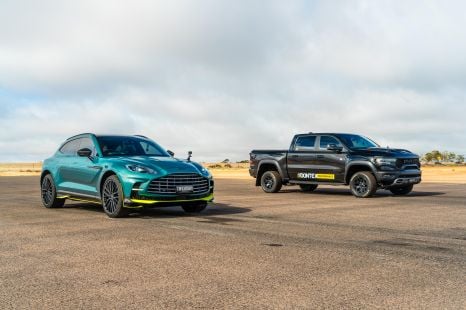

Paul Maric
3 Days Ago
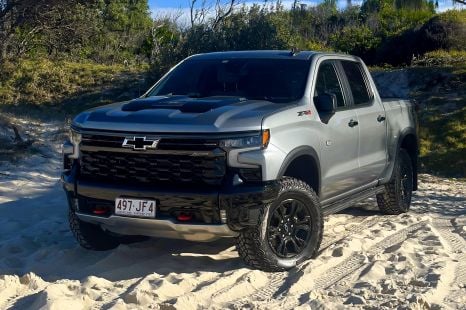

William Stopford
3 Days Ago
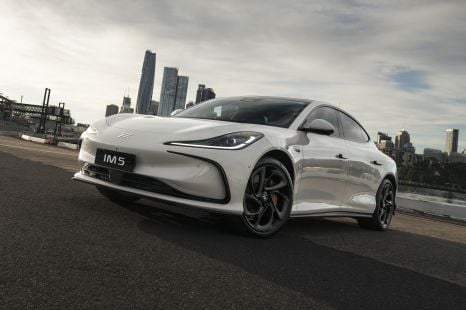

William Stopford
2 Days Ago
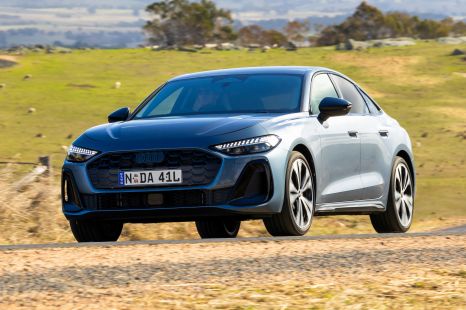

James Wong
15 Hours Ago